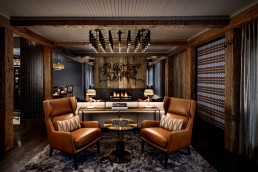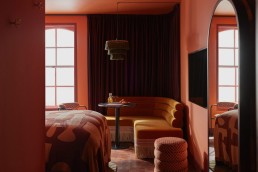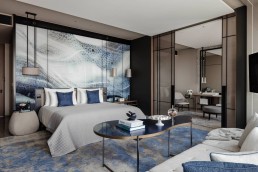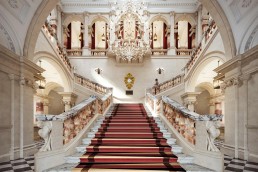Sims Patrick Studio talks memorable hospitality design
Sleeper sat down with Libby Patrick, Founding Principal and CEO of Sims Patrick Studio, to discuss memorable hospitality design, creating for the Instagram generation and highlights of the design process.
Which design themes have been popular in the hospitality industry of late?
In our design concepts, we are continuing to focus on research, creating an accurate sense of place, and bringing meaningful and authentic nuggets of history, traditions and inspiration from the surrounding nature. Above all, we want to evoke emotional responses through design and discovery. Due to this thoughtful approach, our projects have a big picture appeal as well as layers of meaningful details for the guest to uncover.
We’re seeing a rise in “Instagrammable” designs in hospitality spaces – what makes a space Instagrammable?
The true “Instagrammable moments” are those backdrops that immediately make you say “wow!”. We accomplish this through the design and placement of a unique design element, such as a dramatic and iconic object, screen wall, lighting effect, fabulous view, sculpture, artwork, interactive experience, color exaggeration – whatever it may be, it has to immediately make you stop in your tracks.
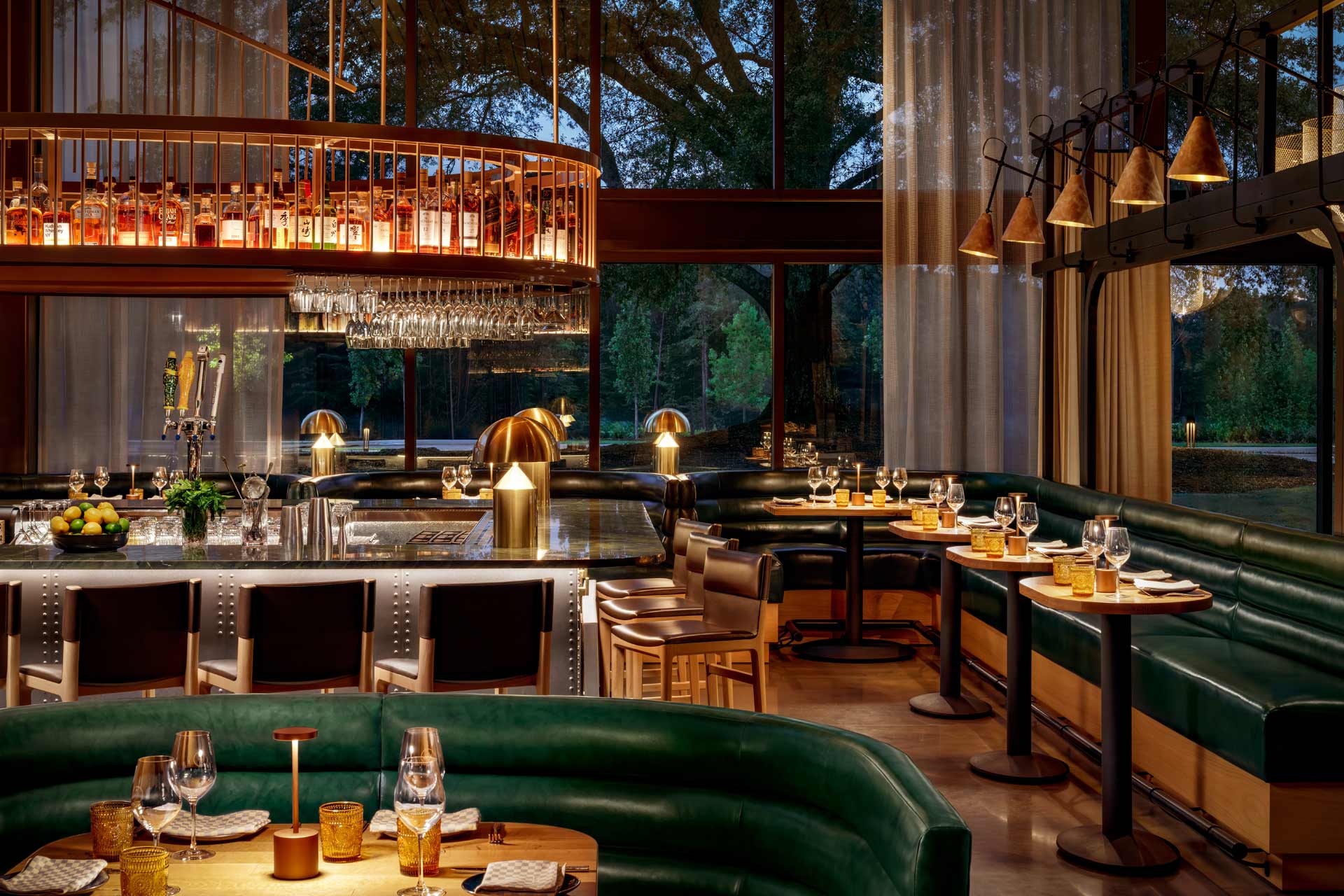
How can an Instagrammable space stand out from the crowd?
The key is to be intentional in your design, and tie the Instagrammable “hook” of the space to the overall brand or sense of place you have created. This will allow any social media posts or viral moments to feel organic and cohesive.
How does Sims Patrick Studio balance aesthetics and functionality in design?
We first start by coming up with words that evoke emotion, which helps define how we want people to feel in the spaces we design. Depending on the project, sometimes there might be existing features that provide opportunities and challenges that we need to work with that help kick start this process. Once we have these inspiration words approved by the ownership and design team, we couple them with images.
Simultaneously, we are thinking about the program and the flow through the property, and the best places to locate the crucial functions of the hotel. Once we have the plan and flow worked out, we can apply the aesthetics and the design language. We then move from the macro design into the micro level: layers of detailing that help tell the story that we want to tell from arrival to departure. How it all fits together is not unlike a movie script, with a beginning, middle and an ending. In this case, our hope is that this is a story with twists and turns, surprises and unexpected moments, a bit of comedy, and always a happy ending for the guest!
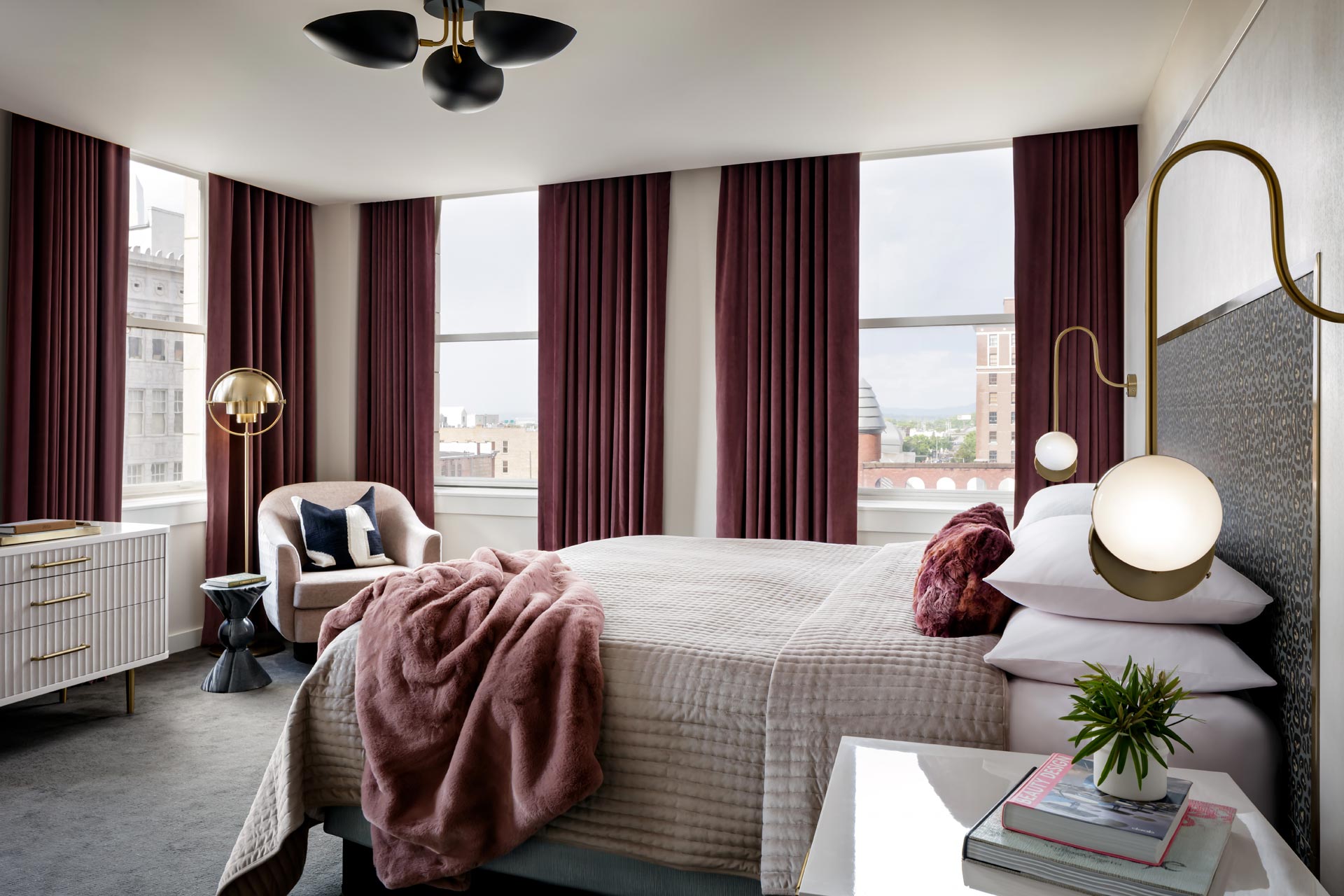
What are the most challenging aspects of designing luxury hospitality spaces?
While it shifts based on the project’s brand ethos, bringing together all of the above while simultaneously having a place for everything you need and everything the guest expects for the room rate. We strive to bring the latest and greatest of everything, and the resources to achieve these highly custom projects.
And which element of the design process is the most exciting?
The most exciting, of course, is to do the final styling and photography of the spaces and see the final product come to fruition. It is not how we start, but how we finish each project that counts. At Sims Patrick Studio, we want to make sure that whatever happens along the design and construction journey stays true to the client’s design vision every step of the way. We also believe that developing strong, trusting relationships with our team and clients is just as important as great design.
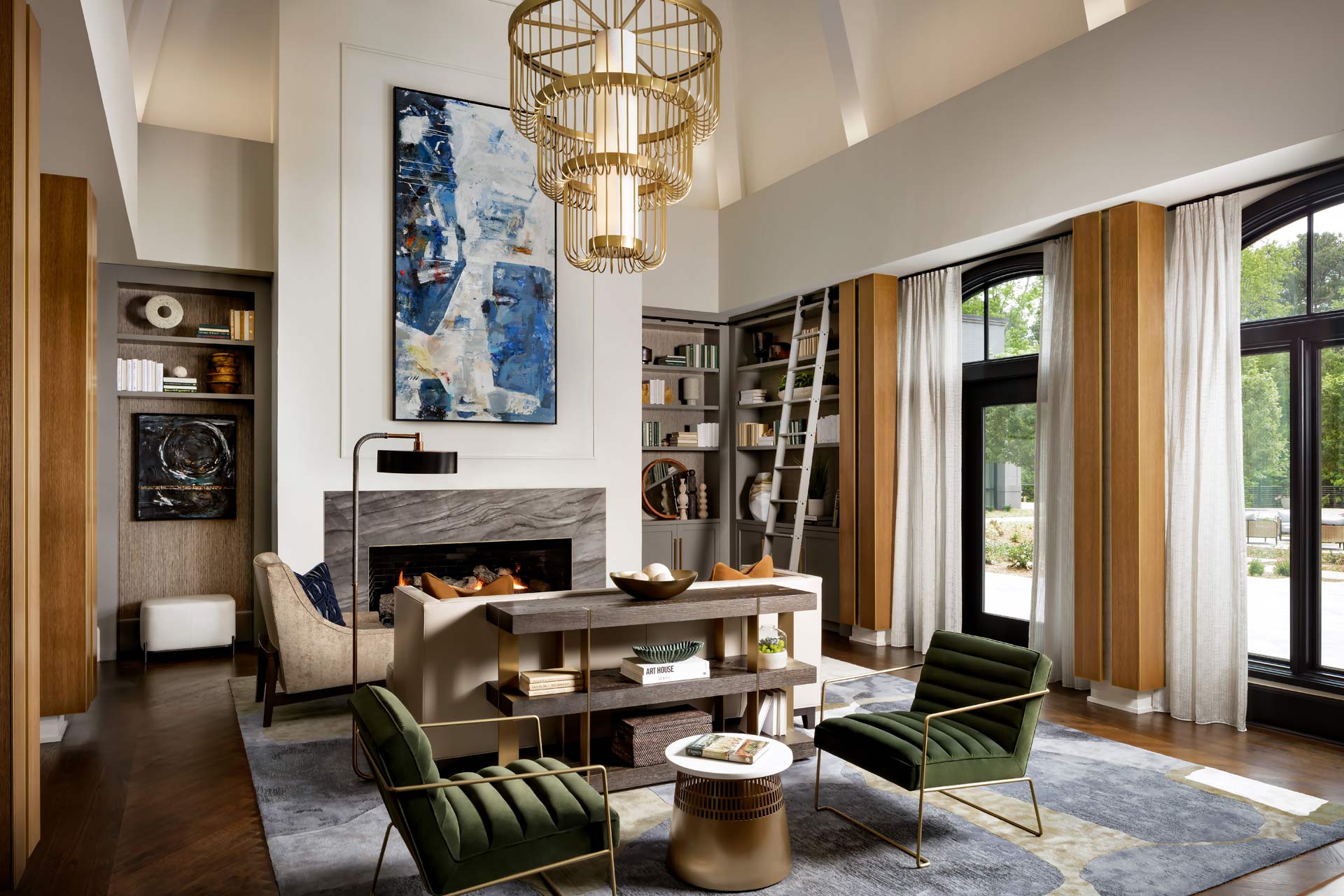
What is your favourite space to bring to life in a hotel?
My personal favorite is a hotel’s lobby bar area! To me, this space is like the kitchen in a home— it is where everyone wants to hang out, whether you are eating, drinking, reading, working, meeting people etc. It’s important to make that space feel comfortable and inviting, and approach that design with care.
Does being a female-owned studio bring any unique challenges (or advantages) in this industry?
I consider us lucky, as we have women in every aspect of our core leadership team, and the hospitality industry is still predominantly a woman-centric industry. We do have several lead designers that are men within our team, and several outside consultants. It is true that our leadership has evolved over the years as we have needed specialists on our team as our business has continued to grow. We have been strategic in the sense that we realize that as we have grown and evolved, we have added key trusted business consultants to our team as needed so that as designers, we can focus on just that: design.
An advantage to being a separate interior architecture and design firm is that we get referrals from so many entities, including architects, that don’t have in-house interior operators, purchasing agents, ownership groups, brands and contractors. We typically work alongside an architect of record on a project. Before founding Sims Patrick Studio I was with several large architecture firms, and I found that there are limitations with this. Now, we also have interior design leadership, which is attractive when it comes to recruitment and career development of interior designers.
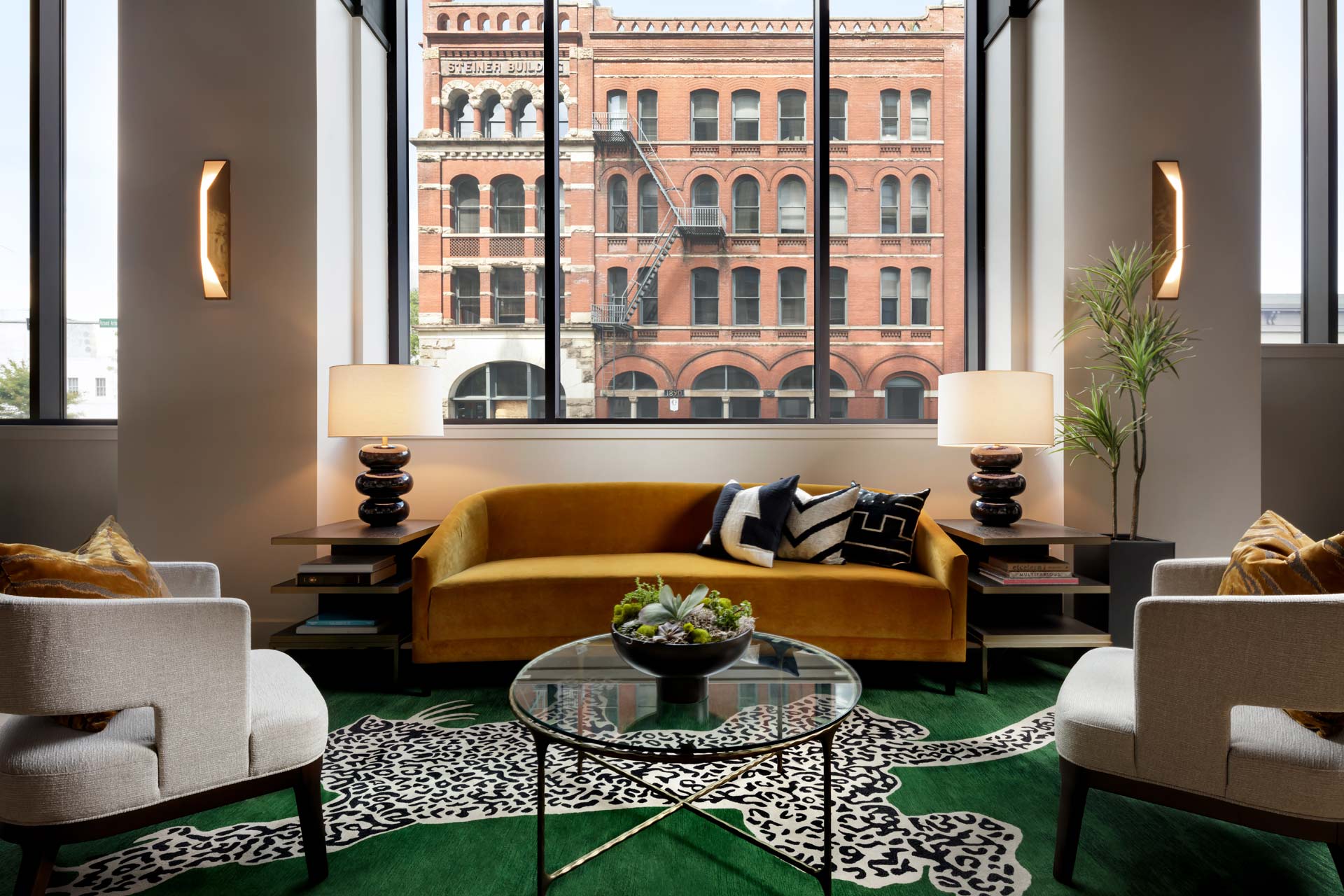
Tell us about the most memorable project you’ve worked on…
For me, the most exciting project is always the next one! We are so lucky to work with so many diverse types of clients, each one with a new type of creative vision, which as a designer is all you can ask for!
What can you share about any upcoming projects?
In the projects we have in the pipeline, we are seeing a trend of having an old home as the living room of the property, with a new-build hotel behind the historic structure. Many times, this is on a picturesque site, just outside of the city. The other trend that we feel is prevalent is the development of unique boutique hotels that are transforming downtown areas in small, upcoming cities across the country.
